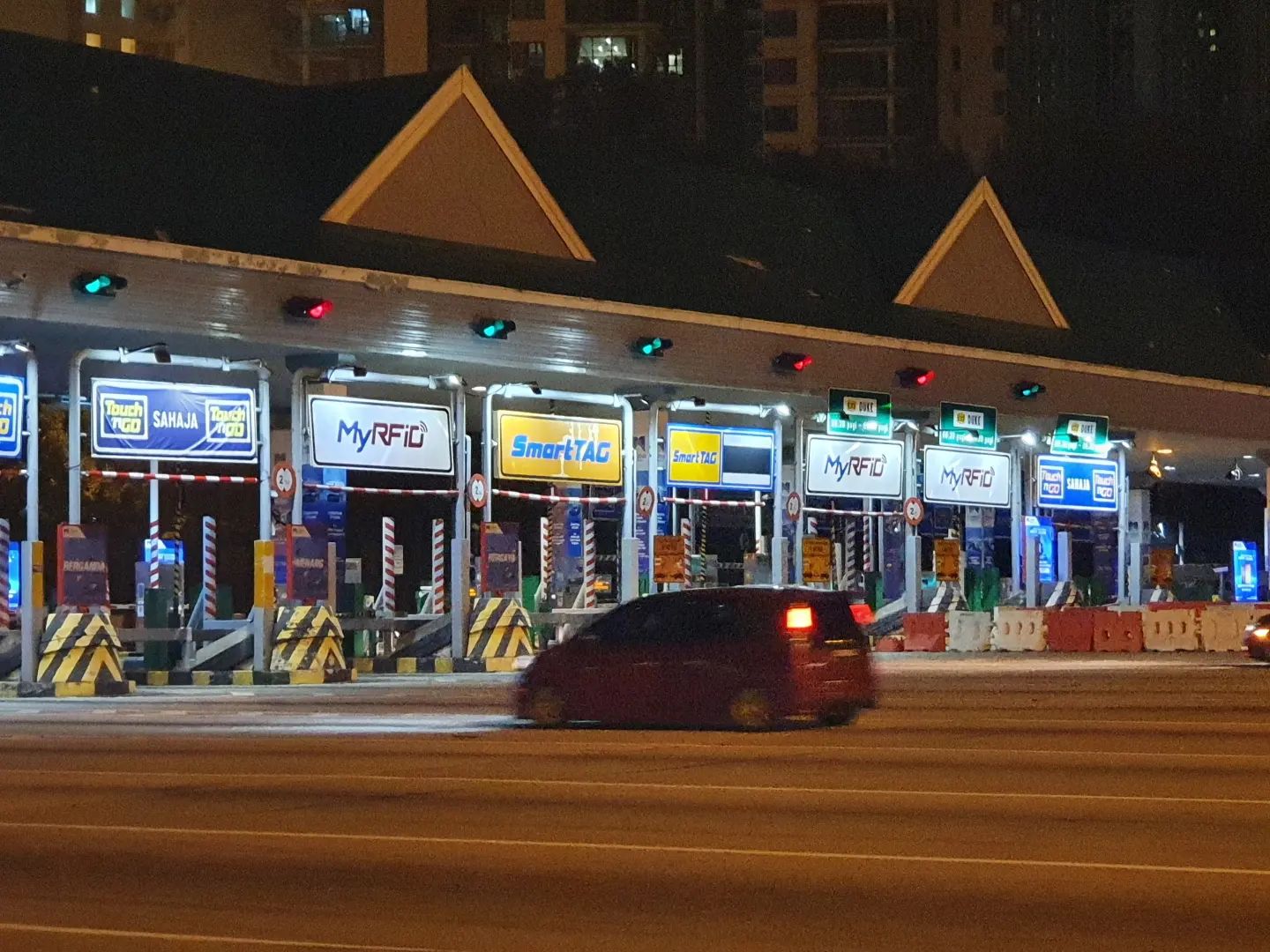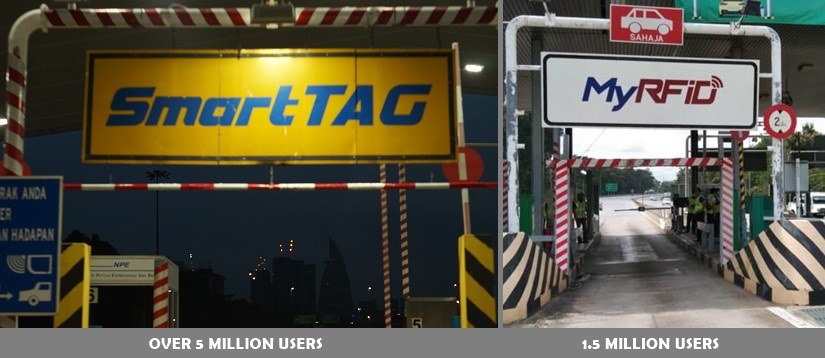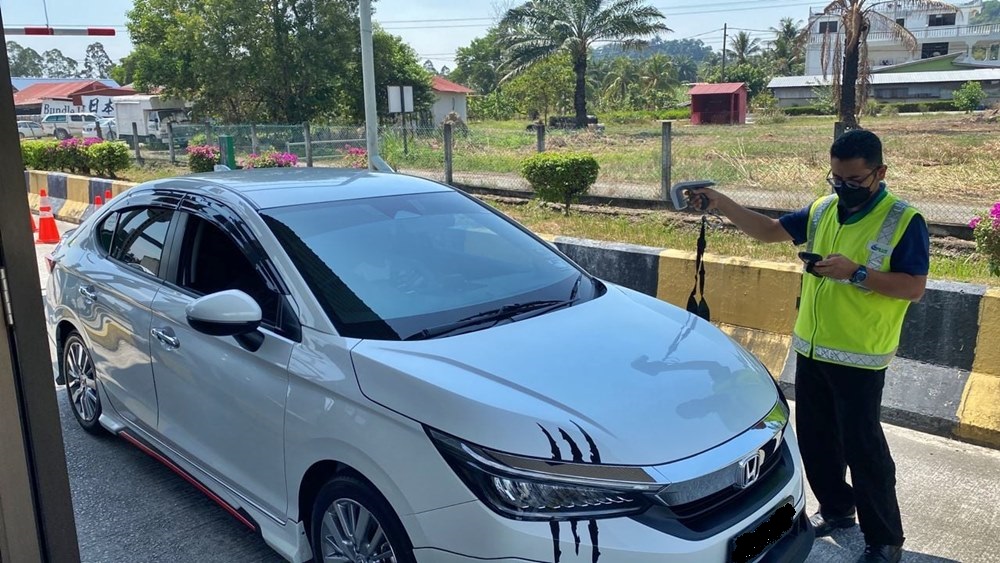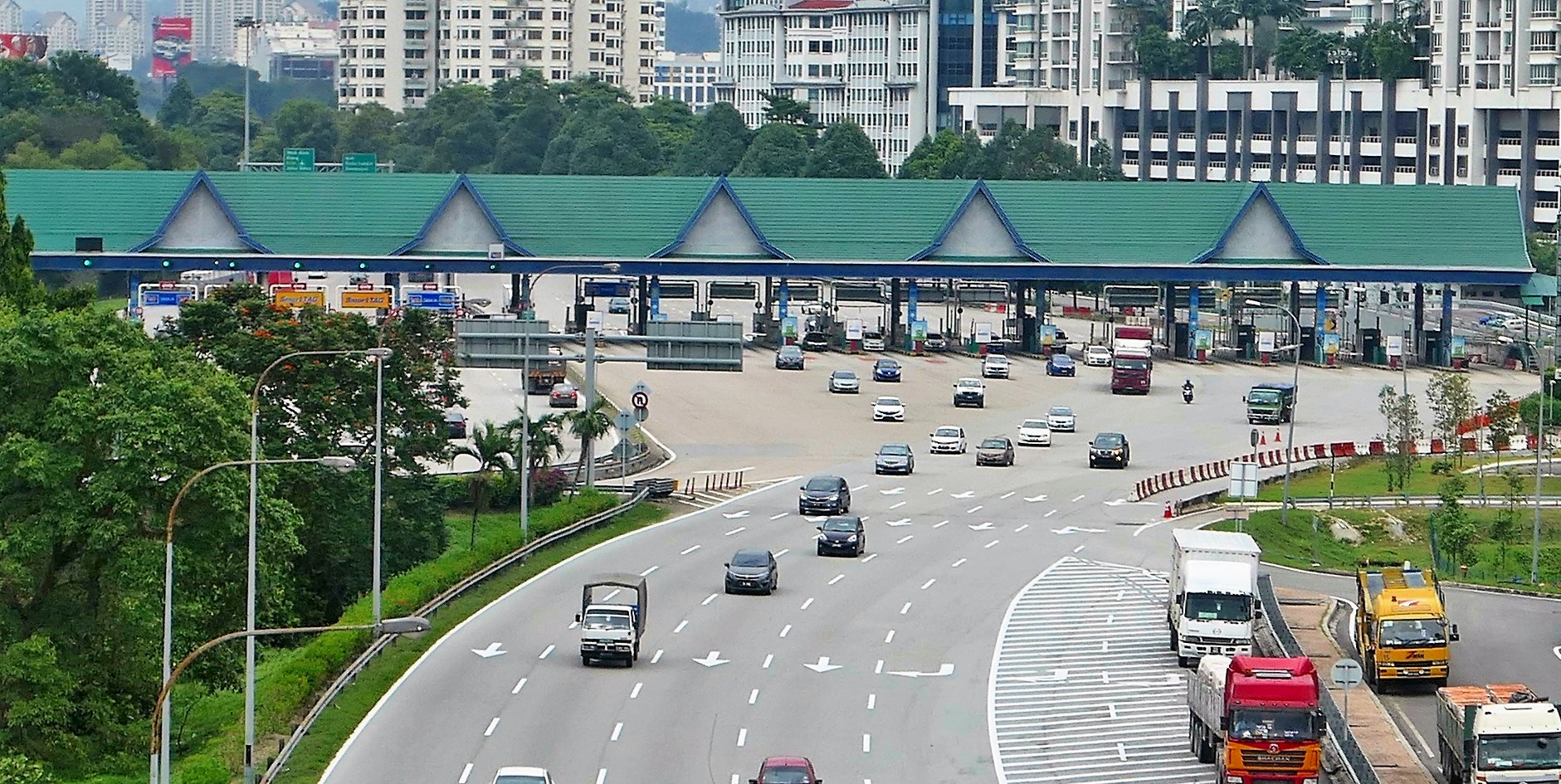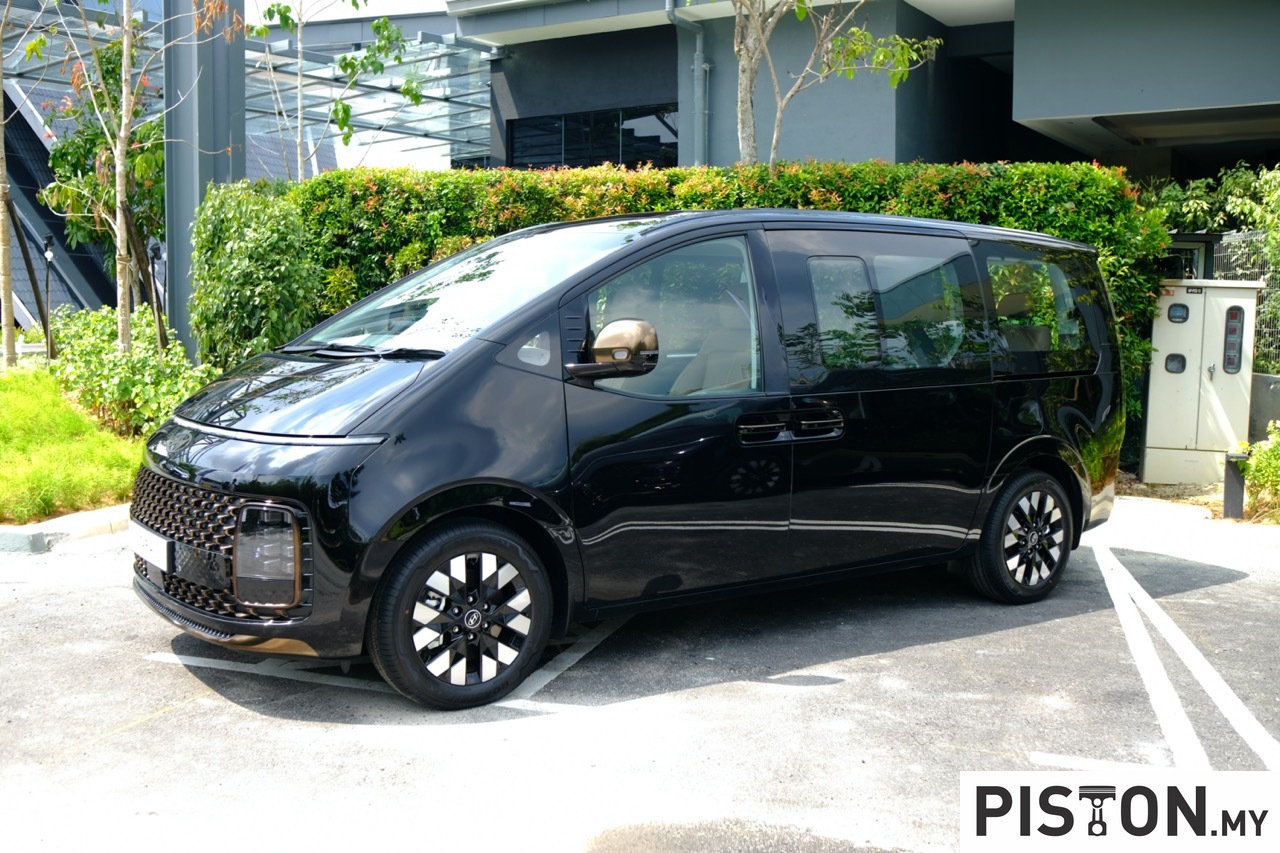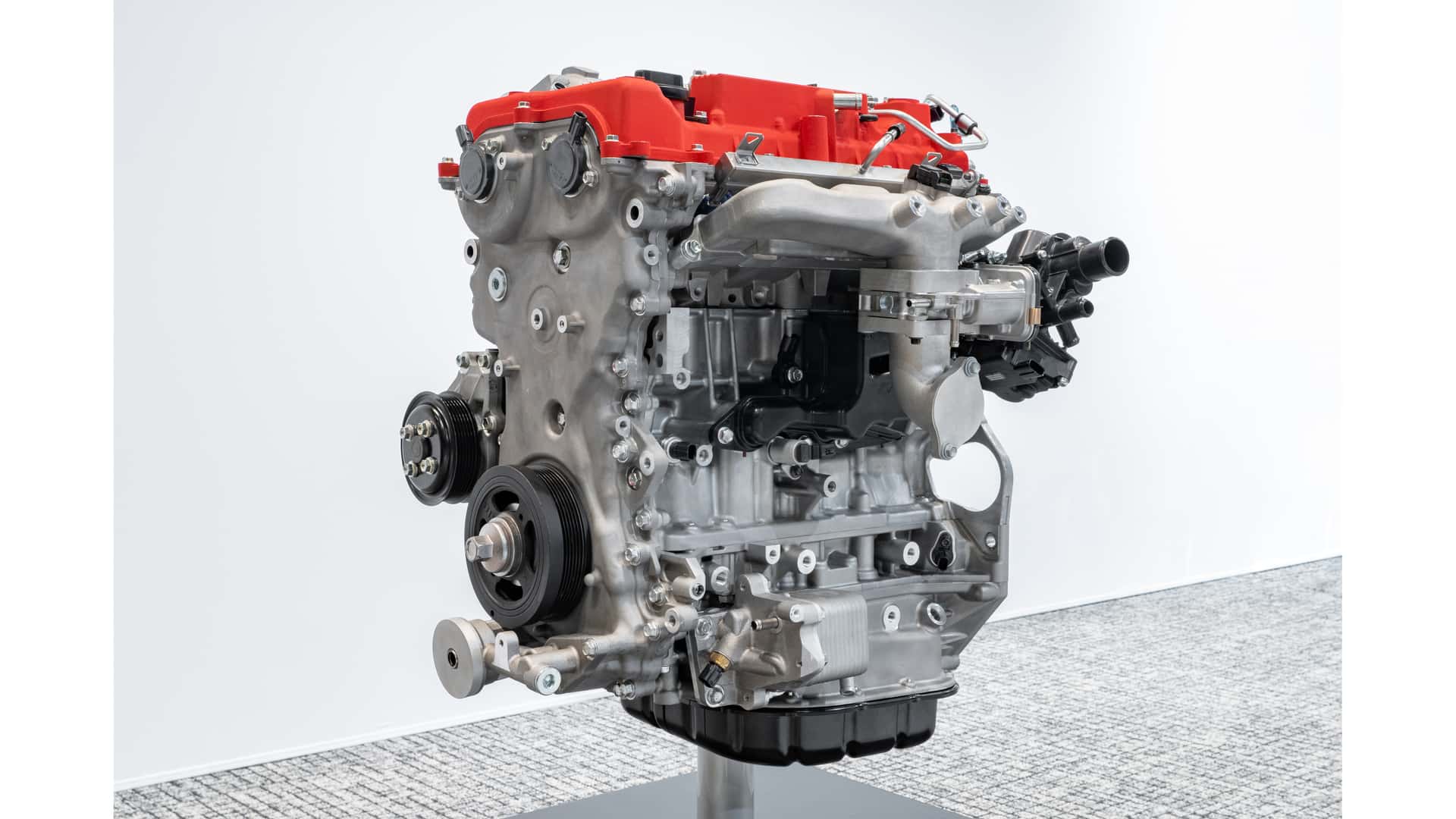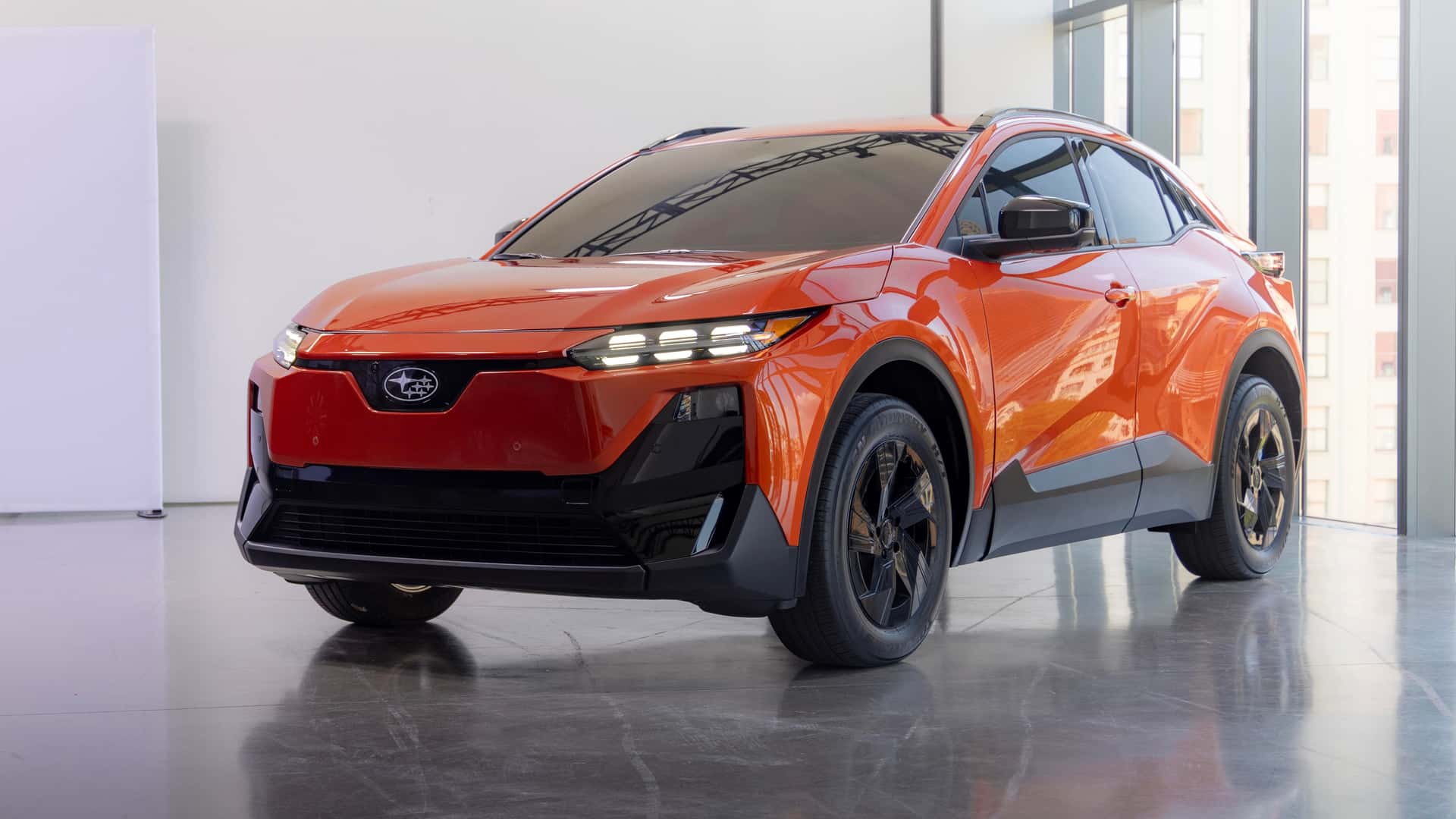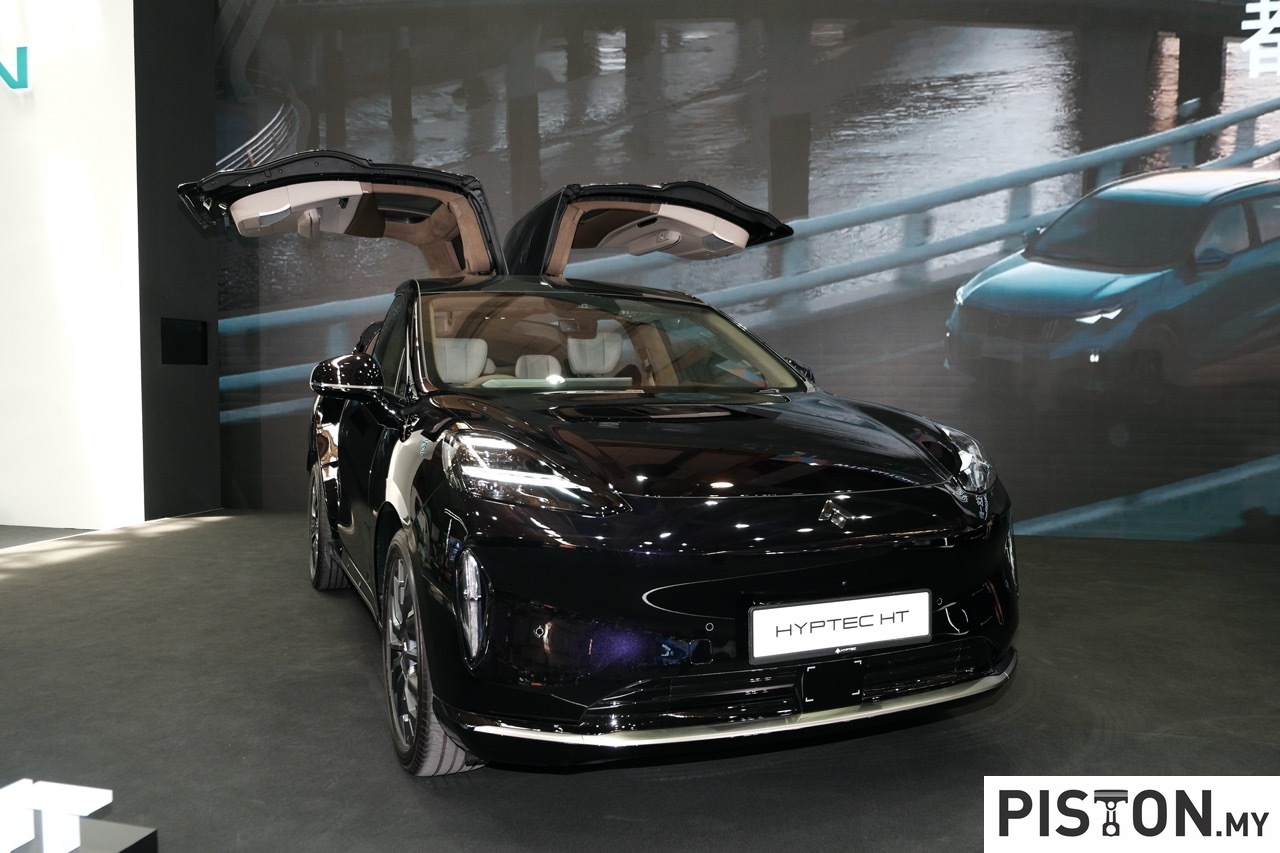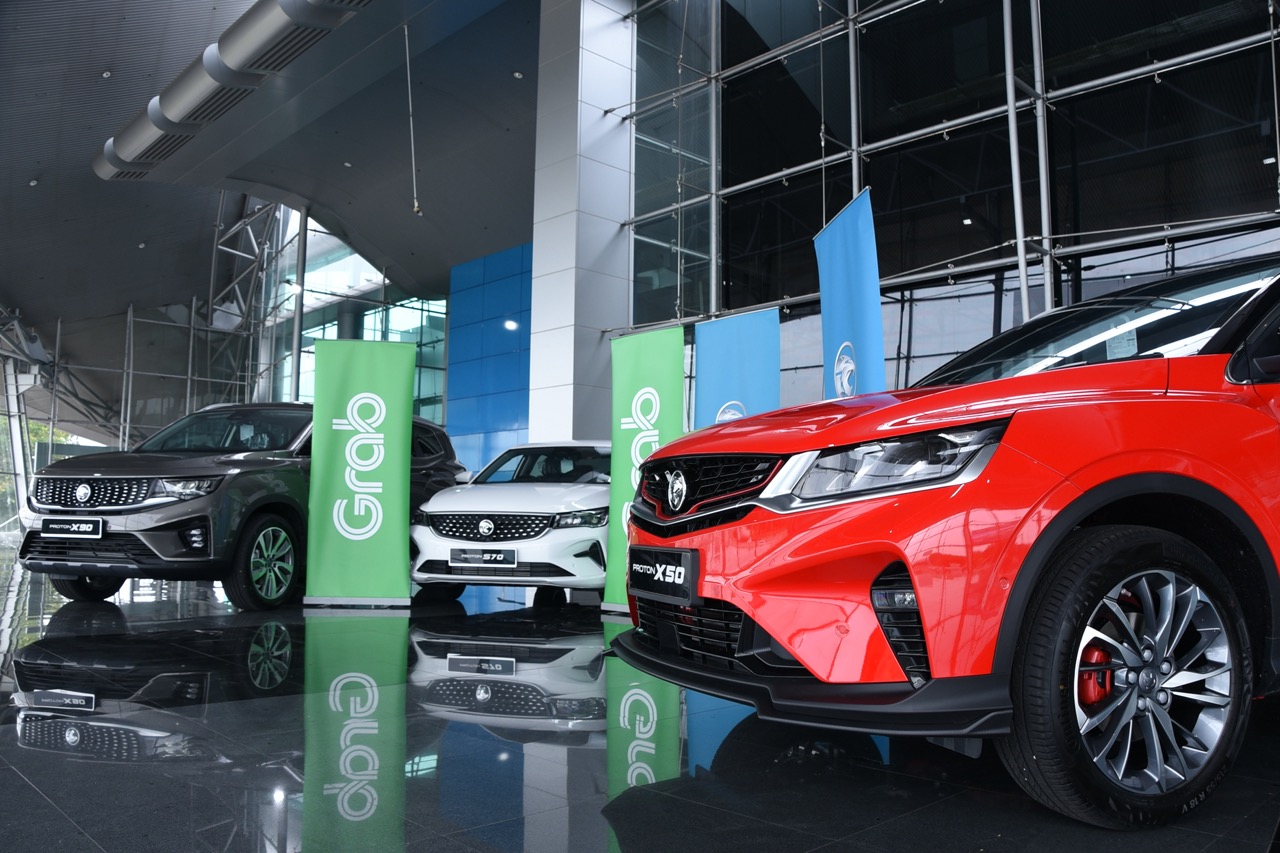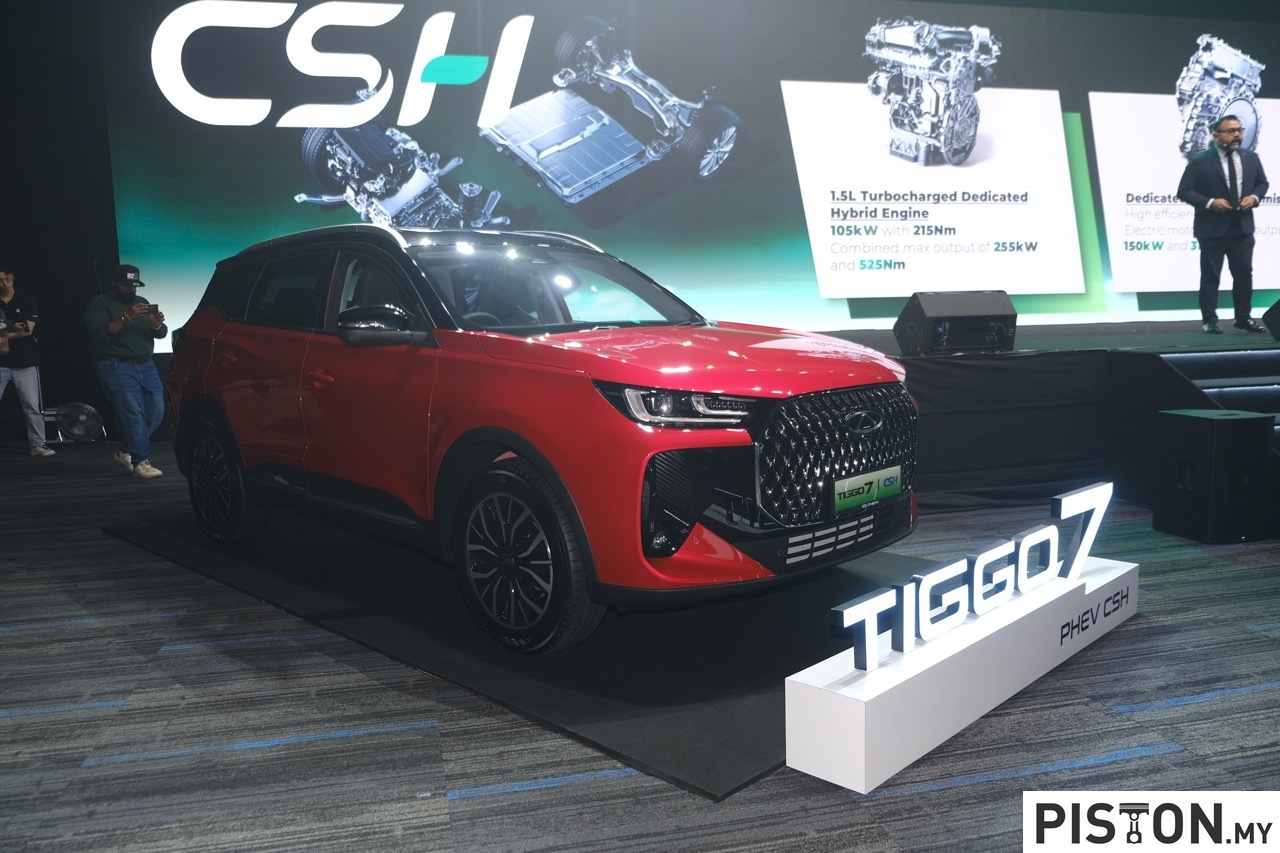PLUS Malaysia has taken note of the Prime Minister’s directive to ensure that highway users have more than just the RFID mode of payment to use to electronically pay toll charges. The RFID option has co-existed with the SmartTAG and Touch ‘n Go payment options in most open toll highway networks since 2018 and last Saturday, PLUS introduced it along the North-South Expressway so that motorists who travelled from Juru in the north to Skudai in the south could also use the payment mode.
However, the move caused severe congestion at many toll plazas due to confusion as well as the reduction of SmartTAG lanes which had either been converted to the manual Touch ‘n Go system or to RFID lanes. This appears to not have been the best approach as there are 5 million SmartTAG users but at this time, only 1.5 million vehicles have RFID tags. So it actually makes sense that proportionally, there should be more lanes for the system that has more users.
Apologising to the thousands of motorists for the inconvenience caused as a result of the congestion, PLUS has announced this evening that it will reinstate SmartTAG lanes to address the matter and manage traffic at the toll plazas.
“PLUS is committed to reinstate 16 toll plazas with 19 Touch ‘n Go lanes into SmartTAG lanes by January 25, 2022, in antipication of the Chinese New Year travel exodus. Subsequently, post-CNY, on February 19, an additional 18 toll plazas will convert 24 lanes to SmartTAG lanes”, the statement said.
While the PM’s directive was reported today, PLUS officials had earlier been in discussion with the Senior Minister of Works, Dato’ Sri Hj Fadillah Haji Yusof and the Director-General of the Malaysia Highway Authority (LLM), Dato Ir Mohd Shuhaimi Hassan, in response to concerns and unhappiness of the public’s during the initial RFID implementation and the removal of the SmartTag lanes at certain toll plazas.
PLUS has proactively identified areas of improvement and has assured the government that the highway technological enhancement will lead to a better and improved customer experience. The RFID project is in line with the Intelligent Transportation System (ITS) blueprint by the Ministry of Works towards a congestion-free Multi-Lane Free Flow (MLFF) highway eco-system.
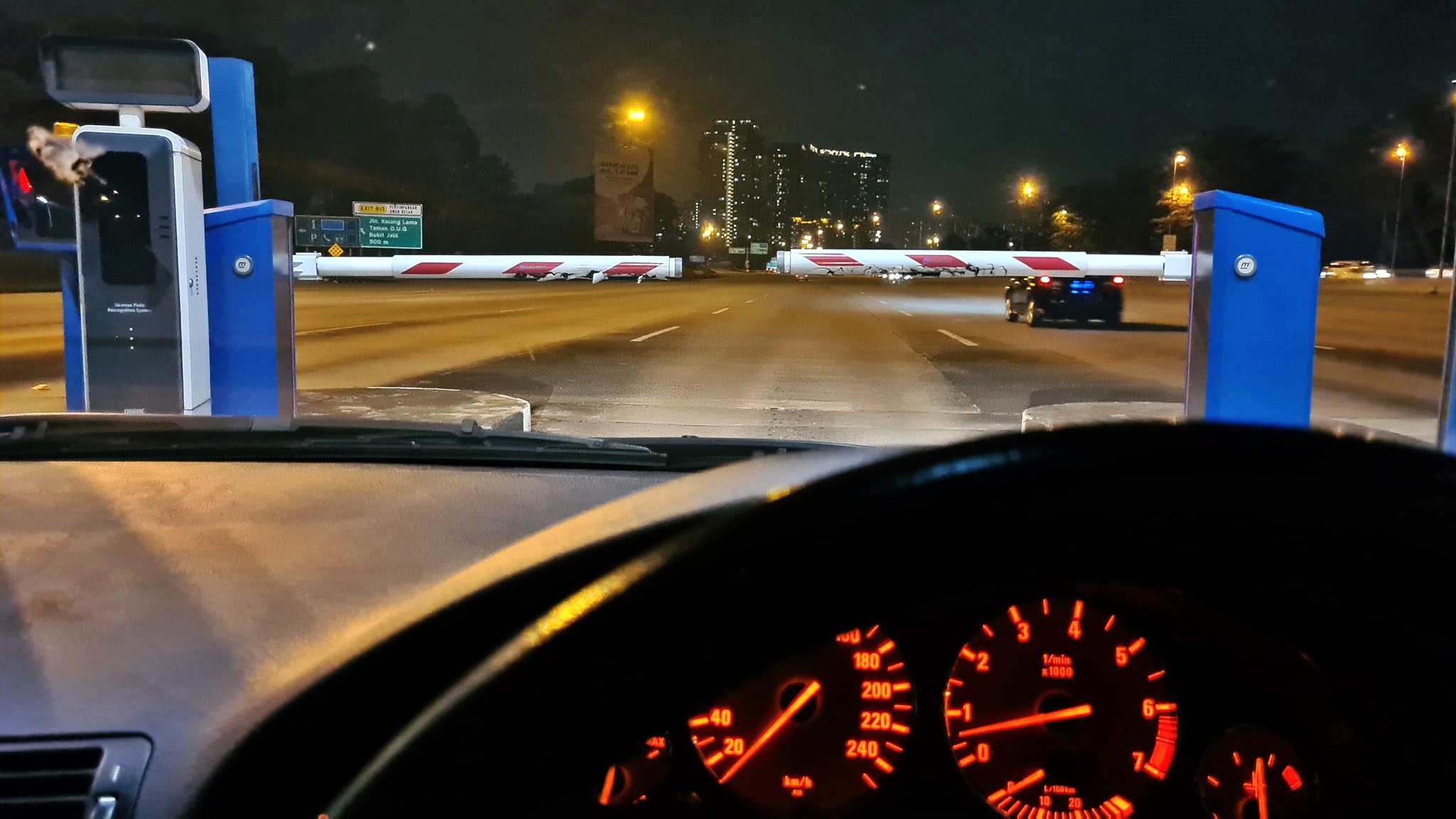
Acknowledging the inconvenience caused to highway users, PLUS says it is fully committed to improving its overall highway customer experience. Teams have been formed to work around the clock on the ground to optimize system performance and sharpen detection at all toll plazas. Quicker ‘double arm’ lane barriers will also be deployed at plazas with high traffic to ensure traffic flow is faster. A double-arm barrier has two sections, each about half the length of the long single barrier and should open up faster. Additionally, visual RFID detection zones will be painted on the lanes to ensure motorists are able to position their vehicle to ensure optimum detection.
PLUS has also assigned customer service assistants (CSAs) at all 158 RFID lanes at 74 toll plazas to assist customers who are stuck at the lanes, These personnel will have portable detection devices to determine if there is a malfunction of the RFID tags. Motorists whose RFID tag is found to be undetectable will be given a coupon for a full diagnosis at the nearest Touch ‘n Go fitment centre. If the RFID tag still has detection issues after the test, Touch ‘n Go will replace the RFID tag for free.
For motorists’ convenience, there are 24 RFID fitment centres on PLUS highways and 35 at locations outside PLUS highways. PLUS will continue to work with Touch ‘n Go to increase the number of fitment centres to ensure proper tag application by professional personnel.







